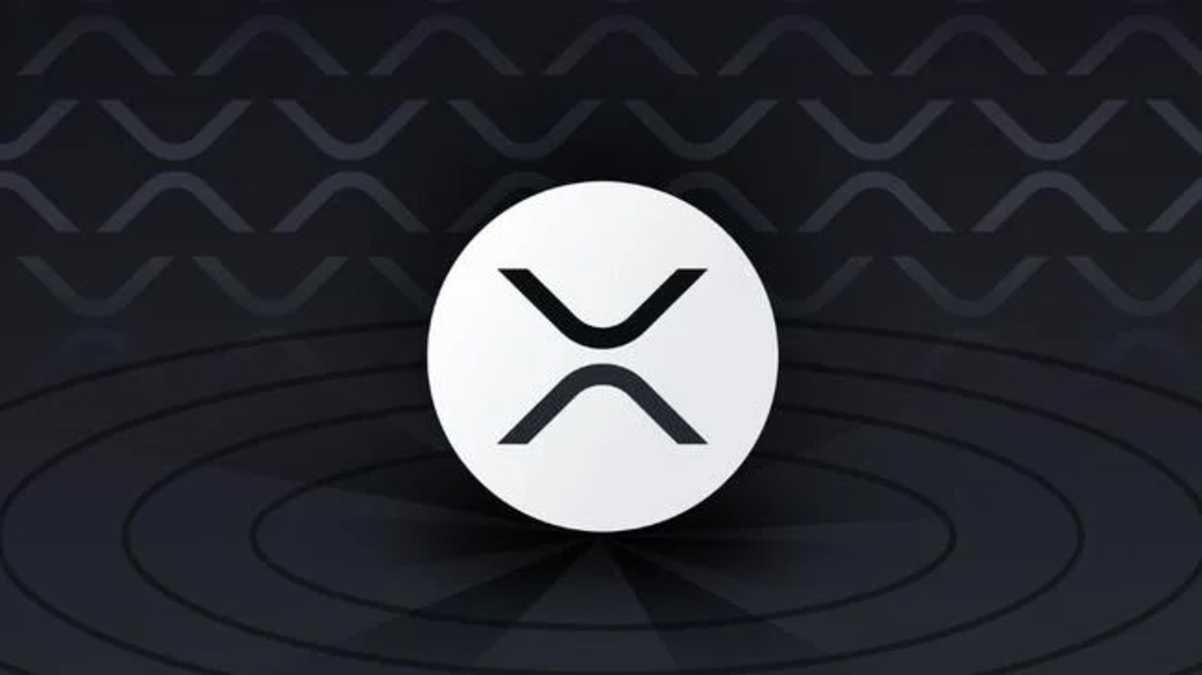
XRP with AI Integration: Unlocking the Future of Digital Payments
The integration of Artificial Intelligence (AI) with cryptocurrency platforms such as XRP presents a new frontier for innovation in digital finance. XRP, the cryptocurrency native to the Ripple network, has made its mark as one of the fastest and most scalable cryptocurrencies designed primarily for cross-border payments. By leveraging AI, XRP has the potential to revolutionize how digital assets are processed, secured, and traded.
What is XRP?
XRP is a digital asset built on the Ripple network, a decentralized platform designed to facilitate fast and low-cost international transactions. XRP’s key strengths lie in its transaction speed and efficiency, processing payments within seconds, making it a popular choice for financial institutions and payment providers. It is distinct from Bitcoin in that it does not rely on mining but instead uses a consensus algorithm that allows for faster transaction verification and scalability.
How AI Can Enhance XRP’s Capabilities
As cryptocurrencies continue to grow in importance, AI technologies are increasingly being integrated to improve security, efficiency, scalability, and predictive capabilities. When combined with XRP, AI can add another layer of functionality that could increase the usability of XRP in real-world applications. Here’s how AI could further enhance XRP:
1. Improved Transaction Security
The integration of AI can bolster the security framework of the XRP network. AI algorithms, particularly machine learning (ML) models, can continuously monitor the network for unusual activity or fraudulent behavior. By processing large volumes of transaction data, AI can help identify potential threats faster than traditional security systems, allowing for the immediate detection and response to hacking attempts, fraud, or suspicious behavior.
For XRP, this could be especially important given its widespread use for cross-border transactions, which are often targeted by malicious actors. Machine learning algorithms could detect patterns in transaction behavior, flagging irregularities that may signal fraud or cyberattacks. Additionally, AI can provide predictive security insights, allowing the network to proactively mitigate risks before they escalate.
2. Optimized Payment Processing and Speed
XRP’s primary strength lies in its ability to settle payments within seconds, especially compared to other cryptocurrencies like Bitcoin, which may take several minutes to process. However, integrating AI into the network could help further optimize this transaction speed, especially in times of high network congestion or fluctuating demand.
AI can analyze transaction volumes and patterns, helping to prioritize and process the most critical payments first, ensuring that the Ripple network operates at optimal speed. Additionally, machine learning models could help predict transaction traffic, making the network more adaptable and efficient in real-time, allowing XRP to handle larger volumes of transactions without compromising on speed.
3. Enhanced Market Analytics and Predictive Insights
AI’s ability to process and analyze large datasets can provide valuable insights into market trends and behaviors. In the context of XRP, AI could be used to forecast the cryptocurrency’s price movements based on historical data, trading patterns, and external factors like news sentiment, global economic shifts, and investor sentiment.
AI-powered analytics tools can be implemented by traders and investors to make more informed decisions in the XRP market. These tools can identify potential price trends, predict market sentiment, and optimize trading strategies. The ability to analyze vast amounts of market data in real-time would be invaluable for both short-term traders and long-term investors.
Moreover, AI could help forecast demand for XRP in different markets. For example, if the AI predicts a rise in demand for XRP in a particular region due to regulatory changes or economic conditions, the network could dynamically adjust to accommodate this shift, ensuring seamless transactions and reducing the risk of market volatility.
4. Liquidity Management
One of the biggest challenges in the cryptocurrency market, including XRP, is liquidity. Liquidity refers to the ease with which assets can be traded or exchanged without affecting the asset’s price. AI can significantly improve liquidity management by predicting where and when liquidity will be needed and ensuring that XRP is distributed optimally across different exchanges and markets.
AI could also help Ripple and financial institutions determine the optimal liquidity sources for different markets. By leveraging AI to track liquidity movements in real-time, the system could enable XRP holders to access better rates, improving the efficiency and cost-effectiveness of cross-border payments.
5. Regulatory Compliance and Risk Management
XRP operates in a highly regulated environment, especially as financial institutions and governments around the world continue to implement policies surrounding cryptocurrencies. AI can be used to ensure that XRP transactions adhere to legal and regulatory standards across jurisdictions.
AI models can scan large volumes of transaction data to ensure that payments are compliant with anti-money laundering (AML) and know your customer (KYC) regulations. Additionally, machine learning algorithms can help monitor XRP transactions for risk assessment, flagging transactions that might require further review or intervention.
For example, if the AI identifies a large transaction that may be linked to illicit activity, it can automatically notify compliance officers or freeze the transaction until it’s verified. AI’s ability to handle regulatory compliance in real-time can help Ripple and XRP maintain the trust of financial institutions and regulators.
6. AI-Powered Smart Contracts
While XRP itself doesn’t natively support complex smart contracts in the way that Ethereum does, Ripple could integrate AI with smart contract functionality to make them more adaptive and intelligent. AI-powered smart contracts could help automate various processes, such as settlements, remittances, and even cross-border contracts that involve multiple currencies.
For instance, AI could help analyze real-time market conditions to adjust contract terms dynamically. It could also use predictive analytics to ensure that contract conditions are met, reducing the need for intermediaries and lowering transaction costs.
7. AI in XRP Trading
AI has already revolutionized the way cryptocurrencies are traded, with AI-powered trading bots executing high-frequency trades based on data and trends. For XRP, AI could enable more sophisticated and precise trading strategies that rely on machine learning to predict short-term and long-term price movements.
AI trading bots could analyze real-time XRP market data, such as order books, trading volumes, and price trends, to make quick, data-driven trading decisions. This could help improve liquidity and minimize market fluctuations, especially during volatile periods.
The Future of XRP with AI Integration
As the integration of AI with XRP continues to develop, the potential for further growth in XRP’s adoption across industries becomes clear. AI can not only improve the technical aspects of the Ripple network but also expand its applications, making XRP even more useful for financial institutions, businesses, and everyday consumers.
In the long run, the combination of XRP’s speed and scalability with AI’s powerful data processing and predictive abilities could make XRP an even more valuable asset in the digital payment landscape. AI could ensure that XRP remains at the forefront of the cryptocurrency market by enhancing its security, usability, and adaptability to market changes.
The integration of AI with XRP holds immense potential for transforming the cryptocurrency ecosystem. From enhancing security and optimizing transaction processes to providing market insights and improving liquidity management, AI can take XRP to the next level, making it an even more efficient and secure digital payment solution.
As AI continues to evolve, the integration of this technology into XRP’s infrastructure will likely play a pivotal role in its future growth. Whether it’s predicting market trends, managing liquidity, or ensuring regulatory compliance, the possibilities are vast, and XRP’s place in the future of digital finance could be strengthened by the power of AI.



